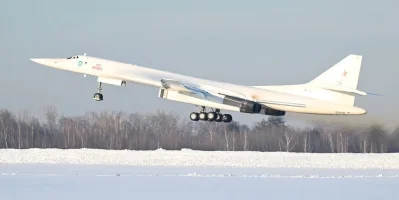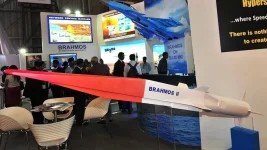- Views: 7K
- Replies: 45
In a major strategic shift, India's Ministry of Defence is restructuring its plan to acquire 114 new fighter jets.
The revised approach aims to address the immediate operational needs of the Indian Air Force (IAF) by splitting the procurement between advanced 4.5-generation aircraft and new 5th-generation stealth fighters.
This move is designed as an interim measure to bolster air power while awaiting the development of India's indigenous Advanced Medium Combat Aircraft (AMCA).
The original Multi-Role Fighter Aircraft (MRFA) program, which was planned as a global competition, is now expected to be pursued through a direct Government-to-Government (G2G) agreement.
Under this new framework, official sources indicate the order will likely be divided, with a potential purchase of 60 Rafale F4 fighters from France and another 60 units of a 5th-generation stealth platform from a different international partner.
A G2G procurement model is often favoured for simplifying and accelerating defence deals.
The primary reason for this strategic pivot is to prevent a critical capability gap in the IAF, which is currently operating with approximately 31 squadrons against a sanctioned strength of 42.
Relying solely on the development timeline for the indigenous AMCA, being developed by the Aeronautical Development Agency (ADA), was seen as a potential risk.
Acquiring a foreign-made 5th-generation fighter is viewed as a strategic stopgap that will allow the IAF to gain crucial operational experience with stealth technology and deter regional threats.
While no specific stealth fighter has been selected, potential global contenders include the American F-35 and Russia's Su-75 Checkmate.
A central element of this revised plan is a strong emphasis on the 'Make in India' initiative. The Ministry of Defence will require the French manufacturer, Dassault Aviation, to establish partial assembly operations in India even for a reduced order of 60 Rafales. This aligns with the recent contract awarded to Tata Advanced Systems Ltd (TASL) to manufacture complete fuselages for the Rafale in India.
Furthermore, the IAF is expected to push for the integration of more Indian-made systems, such as advanced avionics, electronic warfare (EW) suites, and weaponry, which will help lower costs and enhance the domestic defence industry.
This updated approach diverges from Dassault Aviation's earlier position, which sought a firm commitment for at least 110 aircraft to make a full-scale Indian production line economically viable.
However, defence officials are exercising fiscal caution due to substantial upcoming investments in indigenous platforms. The government is already committed to procuring over 337 locally-made aircraft, including the Tejas Mk1A, the more capable Tejas Mk2, and eventually, at least 120 units of the AMCA, which will require significant budgetary allocation.
Ultimately, this mixed acquisition strategy creates a more resilient and modern roadmap for the IAF. By combining a proven 4.5-generation platform like the Rafale F4 with a next-generation stealth fighter, the air force can modernise its fleet more rapidly, ensure continuity in its operations, and foster a smoother technological transition for the eventual induction of the AMCA, which is anticipated to enter service by the mid-2030s.



